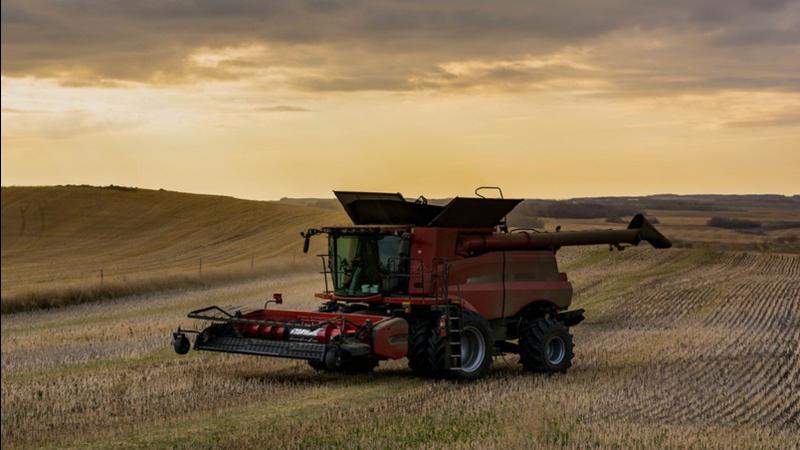
Saskatchewan farmers take advantage of good weather to bring in more of the crop
The Saskatchewan harvest has reached the halfway point.
In its latest report, the Ministry of Agriculture said 51 per cent of the crop is in the bin, up 33 per cent from the last reporting period.
The southwest continues to lead harvest progress at 81 per cent, this includes an estimated three per cent of all crops being used as a feed source. Harvest in the west central region is also rapidly advancing with 60 per cent of the crop in the bin. The southeast is close to the half-way point at 49 per cent complete. The northwest has made significant progress this week and is now 21 per cent complete.
The east central region is at 34 per cent. Combining is just nicely getting started on the Bashutsky farm near Wynyard, Sask. Jake Bashutsky says he’s happy with what’s come in so far.


